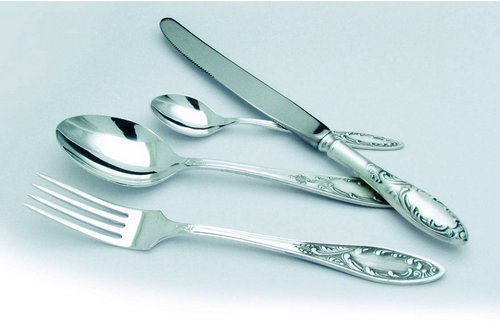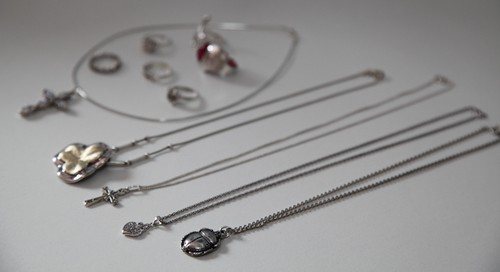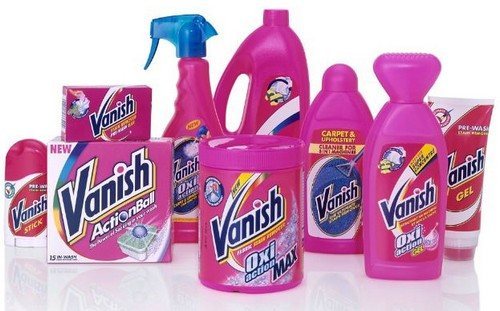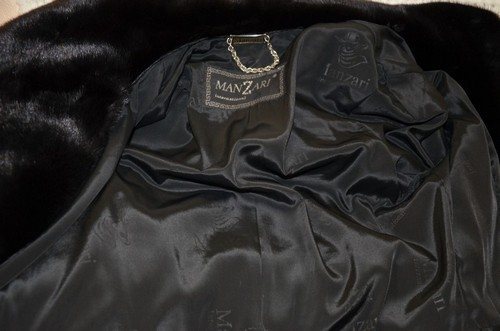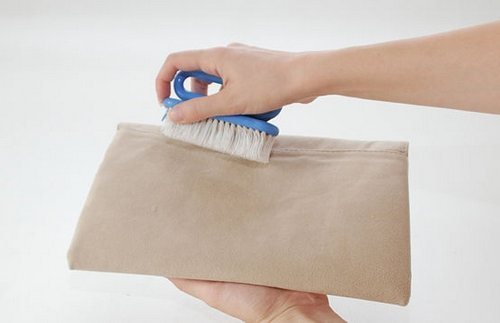How to clean cupronickel and how to do it without much effort. These questions arise before every owner of a blackened table set. Initially, it is necessary to jointly find out what this metal is, what products are produced from it, and then answer the questions posed. After all, only knowing the history of origin and chemical composition, one can imagine what is allowed to be done with this alloy, and what actions are strictly prohibited.

Cupronickel as a mistake of the creator
Cupronickel turned out to be a foundry mistake when created. In ancient China, the court foundry maker Li Lian Ying made a mistake while melting. The result of this mistake was an alloy of bronze (copper with tin), nickel and zinc. For inaccuracies in work and damaged material, the foundry worker was stripped of his title and expelled from the monastery of the emperors. But this alloy turned out to be suitable for making jewelry and minting money. The material in China was called pakfong, and it was also called white copper.
This metal appeared in Europe late, only in the 13th century. Foundry workers and alchemists raced to uncover the secret composition due to the popularity of products made from this alloy. Only in the 18th century were these attempts crowned with success by the Germans, who made a change - bronze was replaced with copper. During the Napoleonic campaigns, the French improved the metal by removing zinc from it. However, the main producers of the modified pakfong in Europe were the Germans, and they made it in large quantities.The alloy was very similar to silver and was valued only slightly less than the precious metal.
Due to the high degree of concentration of production of this metal in the German lands, the alloy received the name “German silver” from other peoples. The Germans themselves called it only cupronickel. According to legend, the alloy is named after Melchior, a sorcerer from the east who came to worship the newly born Jesus. According to other sources, the metal received its name in honor of French inventors. In Russia under the tsars, the metal was in demand among the middle strata, but the high society considered it a counterfeit of silver.
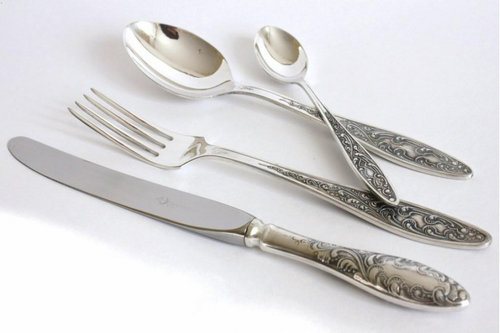
Blackened products
Many families have nickel silver cutlery and other items at home. More often these are dishes that were inherited from grandmothers and are almost always covered with a blackened coating. Some owners of such products are sure that since they are antique, they must be blackened. But this is a mistaken opinion. With proper care of such products, they will delight owners and guests with their sowing under bright lighting. Eating with such utensils is much more pleasant than with stainless steel spoons and forks, which are now especially common in everyday life.
The time has come to answer the question: Why do such products, which you constantly admire while they are new, turn black? The alloy produced by modern industry contains nickel, iron, manganese, and silver. The main metal contained in these products is copper, which oxidizes when exposed to oxygen. For this reason, and even if stored improperly, spoons and forks begin to turn black over time.After washing and rinsing in a soda solution, when storing the devices, you must thoroughly wipe each unit with a napkin or towel, wrap it in paper, and then wrap it in foil on top. This is done to protect against excess moisture in the air.
How to clean
Now we can only consider the main question. Skillful housewives know many cleaning methods, which emerged from the personal experience of many other owners of such metal. This means that these methods are folk. First of all, you need to know what you should not use to clean cupronickel items. Here is a list of such funds:
- abrasives, including files, sandpaper, and slab and sink cleaners;
- graters, washcloths, coarse fabrics;
- chlorine-containing products;
- any acids;
- tooth whitening paste.
Instead of helping, these products will only cause harm - they will leave abrasions and scratches on the metal.
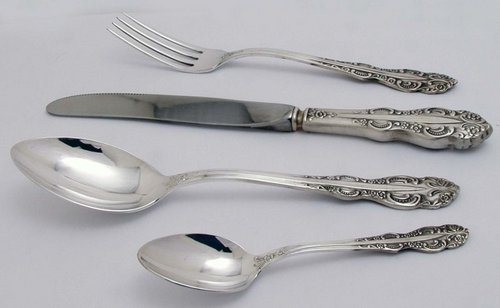
Our grandmothers used not only technical but also culinary means for cleaning. Here are some of them:
- The product that is most commonly used is baking soda. But you need to know that it can only be used in the form of a solution. In powder form, it will scratch the metal, as it has a large structure. Place aluminum foil on the bottom of a metal container. Place cutlery on top and sprinkle soda at the rate of five tablespoons per liter of water. Fill with water and put on fire. After boiling, boil for 10 - 15 minutes. After the time has passed, turn off the heat and leave in the container until it cools. Now the products must be thoroughly wiped with a towel. In addition to soda, you can add two tablespoons of salt per liter of water. Cutlery will become clean faster, but you will additionally need to rinse each item in running water.
- The most famous, oldest remedy is tooth powder, which is applied to a damp cloth. Each item is rubbed until the blackening disappears. When rubbing, you need to be careful not to overdo it. Rinse, wipe.
- Ammonia. Add one part ammonia to ten parts water. Place cutlery in the solution and leave to clean. After 15 - 20 minutes, remove. After rinsing under running water, dry and wipe with a napkin. You can also use the pure product without diluting it with water. In this case, the cleaning time will be no more than a minute.
- Chalk. The method is effective for mild blackening or clouding. Sprinkle the product with powdered chalk and rub with a cloth until clean. Rinse with clean water, then dry.
Foods and vegetables, for example, the following, were suitable for combating blackening:
- Pasta broth. Dip spoons and forks into the water with the boiling pasta. The cleaning will be completed as soon as the pasta is cooked, which will have to be thrown away. Wash and dry cupronickel products.
- A decoction of garlic peels. The amount of husk depends on the degree of blackening of the cutlery. The higher the degree, the more husk, the maximum volume is a liter jar. Place the utensils into the boiled broth and boil until they turn light. Approximate boiling time is 45 minutes. Remove, rinse and dry.
- Eggshell. Let the water boil and add crushed shells from two chicken eggs into it. Add salt at the rate of one spoon per liter of water. Dip table cupronickel into the solution. After boiling for five minutes, remove, rinse and dry.
- Coffee grounds will help remove cloudy deposits from cupronickel. Grind the remaining coffee grounds over the surface.After 20 minutes, rinse and dry.
- Potato. This method is called the safest. Grate the potatoes onto a fine grater. Place the utensils into the resulting slurry. After an hour, rinse and wipe dry. You can also clean it with potato broth. To do this, place the items to be cleaned in the broth for 15 minutes. Remove and wipe with a soft cloth.

There is a new, relatively recently invented method of cleaning. It consists of using fizzy drinks containing large quantities of soda. Carbonated drinks Coca-Cola, Fanta, and preferably colorless Sprite are poured into enamel dishes with cutlery wrapped in a napkin or cloth. After 10 - 15 minutes, the removed spoons and forks are washed under cold water. As a result, the design on the handles is not completely cleaned, but if the object is not very blackened, then the appearance is transformed.
A number of magical properties are attributed to cupronickel. This is the metal of wisdom, endowing its owner with consistency and curiosity, as well as calmness. Given these qualities, the owner of blackened cutlery will always find a suitable way to clean it.


